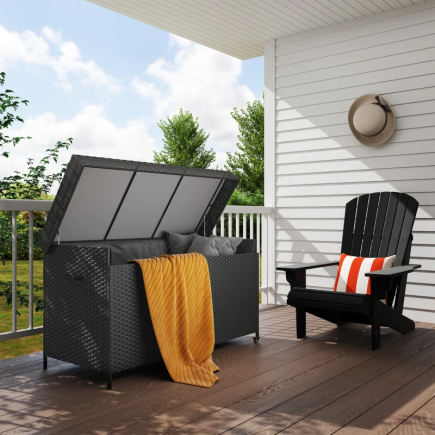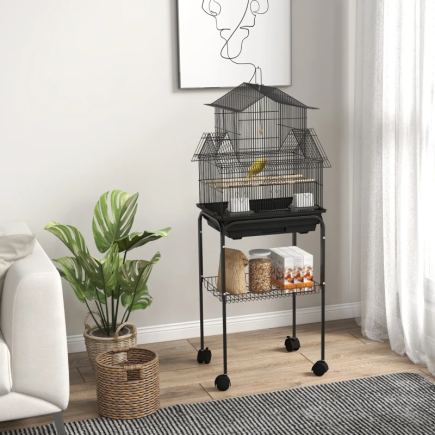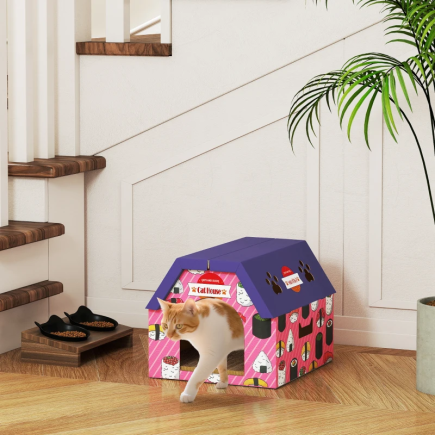
If you’re looking to refresh the look of your bedroom, painting your bedside tables is an effective and straightforward solution. With the right materials and proper steps, you can transform an old, worn piece of furniture into something fresh and stylish. This step-by-step guide will help you achieve a flawless finish with practical advice for each stage of the process.
Step 1: Gather the Necessary Tools

Before you begin, it’s essential to have everything ready. Here’s what you need:
- Dust sheets (to protect the surrounding area from spills)
- Sandpaper (medium grit to prepare the surface)
- Microfiber cloths (for wiping surfaces clean)
- Sugar soap (for cleaning the surface and removing oils or grime)
- Paintbrushes (a high-quality brush for smooth application)
- Paint (choose the best option for your tables chalk paint, acrylic, or furniture-specific paints)
- Painter’s tape (optional, for neat edges)
Tip: Make sure you have a well-ventilated area to work in, ideally near a window or with a fan to speed up the drying process and avoid inhaling fumes.
Step 2: Remove Hardware & Prepare the Area

Start by removing any hardware, such as knobs, handles, or decorative elements attached to your bedside tables. This makes painting easier and prevents hardware from getting splattered with paint. Remove the drawers from the main body of the table for better access to all surfaces.
Lay down dust sheets or old cloths to protect the floor and surrounding furniture from paint splatters. This simple step ensures you won’t be cleaning up drips afterward.
Tip: If you plan to reuse the hardware, place it somewhere safe so it doesn’t get lost or mixed up during the process.
Step 3: Clean and Sand the Surface

Cleaning and sanding are critical to ensuring the paint adheres properly and the finish is smooth.
Cleaning the Surface
Start by cleaning your bedside tables with a warm water solution mixed with sugar soap. This removes oils, grime, and any old polish that may hinder the paint’s adhesion. After cleaning, wipe the surface with a microfiber cloth to remove any residue.
Sanding the Surface
Once the surface is clean, use medium-grit sandpaper to lightly sand the tables. Sanding helps create a rough texture for the paint to bond with and ensures an even finish. Focus on areas that may have a glossy finish, as these are harder for paint to adhere to.
Tip: Sanding lightly is enough, don’t overdo it! You’re just roughing up the surface so the paint can grip better.
Step 4: Apply Primer (If Necessary)

While not always necessary, using a primer can improve the quality of your paint job. It’s especially useful if your tables are dark wood, have been previously painted, or if you’re using light-colored paint.
When to Use Primer:
- When painting over dark wood or stained surfaces
- If the bedside tables have a shiny finish or are previously painted
- If you want to prevent paint bleed-through, especially with lighter colors
Primer helps the paint go on more evenly and minimizes the number of coats needed.
Step 5: Apply the First Coat of Paint

Now that your surface is clean and prepped, it’s time to start painting. Choose a paint designed for furniture, like chalk paint, acrylic paint, or any furniture-specific paint. These types are durable and designed to withstand the wear and tear that furniture typically faces..
Tip: Don’t overload your brush with paint, apply thin layers and build up the color gradually. This ensures even coverage and prevents drips.
Step 6: Let it Dry and Apply Additional Coats
After applying the first coat, allow it to dry completely, usually 2 to 4 hours. Check for any thin spots or areas that need additional coverage. If needed, apply a second or third coat of paint for full opacity.
Each coat should dry completely before adding the next to avoid streaking and ensure smooth coverage.
Tip: For an extra smooth finish, lightly sand between coats. Use fine-grit sandpaper and wipe the surface clean before applying the next coat.
Step 7: Add the Final Finish

Once your final coat of paint is dry, it’s time to add a protective finish. A clear topcoat will seal the paint and ensure durability, especially on surfaces that get frequent use.
You can choose between a matte or glossy polyurethane finish or a soft wax finish, depending on your preference for texture and shine.
- Polyurethane: Ideal for a durable, glossy finish. It works well for tables that will be used frequently.
- Wax Finish: Best for a soft, matte look, which pairs well with chalk paint.
Tip: If you’re using wax, buff it into the surface for a smooth, even sheen.
Step 8: Reassemble and Reattach Hardware
Once the paint and finish have fully dried, reassemble your bedside tables. Carefully reattach the drawers and hardware. If you’ve updated the hardware, now’s the time to install your new knobs, handles, or pulls.
You can also add final touches, such as lining the drawers with fabric or adding decorative items to enhance the look of the newly painted tables.
Tip: Ensure the hardware is screwed in tightly, but don’t overtighten as it could crack the paint around the holes.
Style Your Newly Painted Bedside Tables
After all the hard work, it’s time to enjoy the results! Style your newly painted Bedside Tables with matching lamps, books, or small decorative items like fresh flowers or photo frames. The refreshed look will elevate your entire bedroom.
FAQs
1. How do I ensure the paint adheres properly to my bedside tables?
Clean the surface with sugar soap to remove grime and oils. Lightly sand the table to create a rough texture for better paint adhesion. This ensures a smoother, longer-lasting finish.
2. Can I skip priming my bedside tables before painting?
Priming is optional but recommended for dark wood or glossy finishes. It helps prevent paint bleed-through and ensures a smoother, more even coat of paint. If you’re using light colors, primer is especially beneficial.
3. What kind of paint is best for bedside tables?
Use chalk paint, acrylic paint, or any furniture-specific paint for durability. These paints are designed for frequent use and provide a long-lasting, sturdy finish on furniture surfaces.
4. How can I avoid streaks when painting my bedside table?
Apply paint in thin, even layers, using long, smooth strokes. Avoid overloading the brush, and allow each coat to dry completely before applying the next to prevent streaking and ensure smooth coverage.
5. What type of finish should I use after painting my bedside table?
Choose a polyurethane finish for durability and a glossy look, or a soft wax finish for a matte appearance. Both protect the paint and enhance the table’s look, depending on your desired style.






















